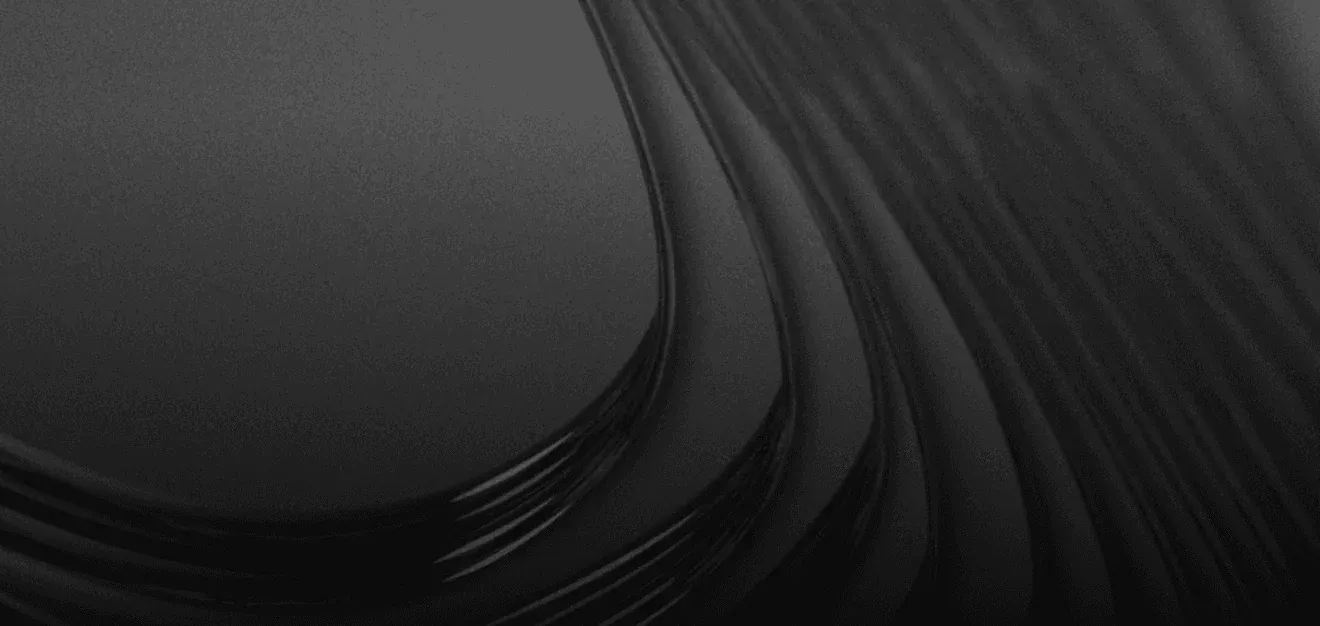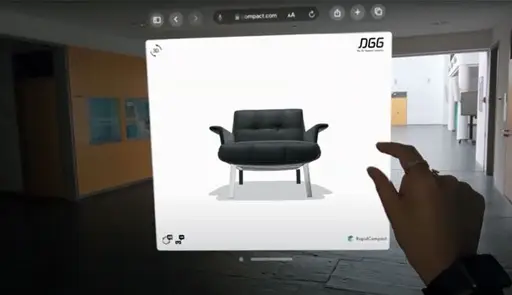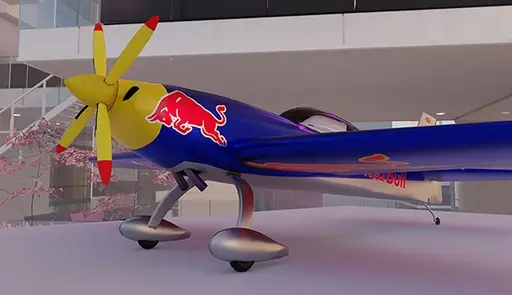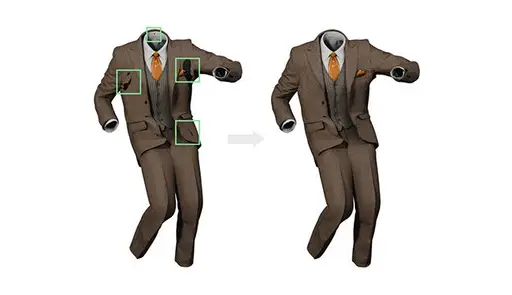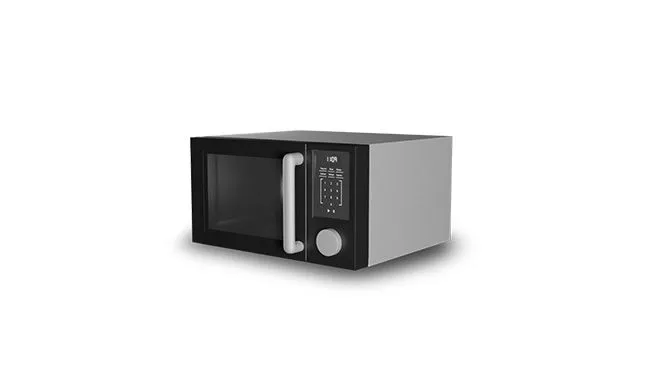
Table of Contents
In today’s fast-paced industrial world, the ability to visualize and interact with designs in real-time is transforming the way companies innovate. Imagine taking a detailed CAD model of a complex product, such as a microwave, and making it instantly accessible in Augmented Reality. This leap isn’t just a technical upgrade—it’s a revolutionary shift that can streamline processes, enhance communication, and ultimately lead to better products. But how do you make your CAD models instantly viewable in real-time?
What are CAD Models?
CAD (computer aided design) models are the pillar of modern industrial design, used extensively in fields such as automotive, aerospace, consumer electronics, and more. Unlike traditional 3D models composed of polygons, CAD models are created using precise curves, making them smooth, noise-free, and incredibly detailed. These models can be easily edited and modified, allowing engineers and designers to iterate quickly and effectively.
But despite their advantages in the design process, their high level of detail, while perfect for manufacturing, can be a burden for real-time applications like virtual prototyping. So, how do you bridge the gap between these two worlds? The answer is simple: converting CAD models into real-time assets.
Preparing a CAD Model for Real-Time
Converting a CAD model into a real-time format involves several critical steps. Here’s how we do it, using our recent project -a microwave model- as an example. These steps can be done manually, but we have automated them by using RapidPipeline:
1. Tessellation: Tessellation is the process which converts the smooth, curved surfaces of a CAD model into a mesh composed of polygons. Tessellation must be done carefully to maintain the integrity of the design while ensuring that the model is not too complex for real-time rendering.
2. Clean-Up: Once tessellated, the model could benefit from an additional clean-up step, which would involve removing any unnecessary geometry that won’t be seen in the final product. For instance, in our microwave model, internal components that aren't visible from the outside can be removed to reduce complexity. This step will improve performance in real-time applications.
Crucially, RapidPipeline takes into account transparent surfaces and will not remove internal parts seen through glass and other see-through elements. Therefore, the microwave´s plate in our model is not removed, since it is visible through the glass door.
3. Optimization: The final step is reducing the overall size of the model. CAD models often contain a high level of geometric detail, which can be overkill for real-time visualization. For this purpose, we slightly decimate the model´s topology, while compressing the mesh via Google's Draco mesh compression.
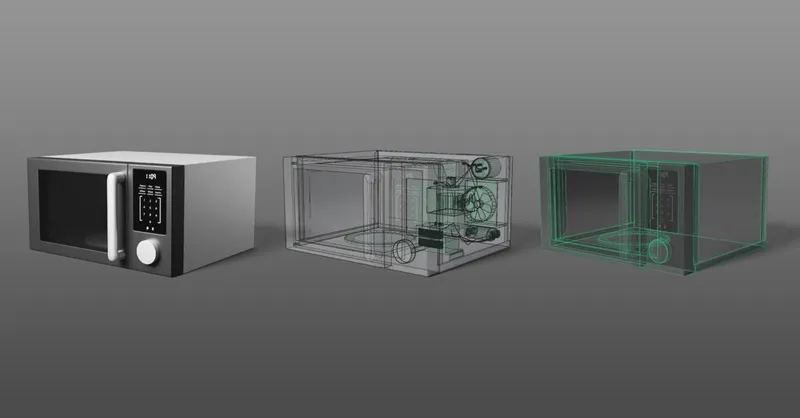
The Impact of Real-Time CAD Models
Real-time models allow designers and engineers to explore products in ways that they simply can’t with static models. This can make complex concepts easier to understand and provide a more intuitive sense of scale and proportion.
Furthermore, being able to visualize components and assemblies in the industrial pipeline can help teams identify potential issues early in the design process, reducing the risk of costly errors and revisions.
On top of that, these models can dramatically enhance UX, enhancing the customer´s experience whether through AR-enabled product demos or interactive 3D previews on a website.
With RapidPipeline, converting CAD models into real-time assets becomes a one-click operation. Our pipeline not only automates the tessellation and optimization processes but also includes an integrated 3D and AR viewer, allowing you to check your models instantly after conversion.
See the results of our microwave model for yourself and sign up for free now to convert you own CAD models.
Disclaimer: The CAD of this model did not have materials. Materials have been added to enhance the user experience in the 3D viewer.
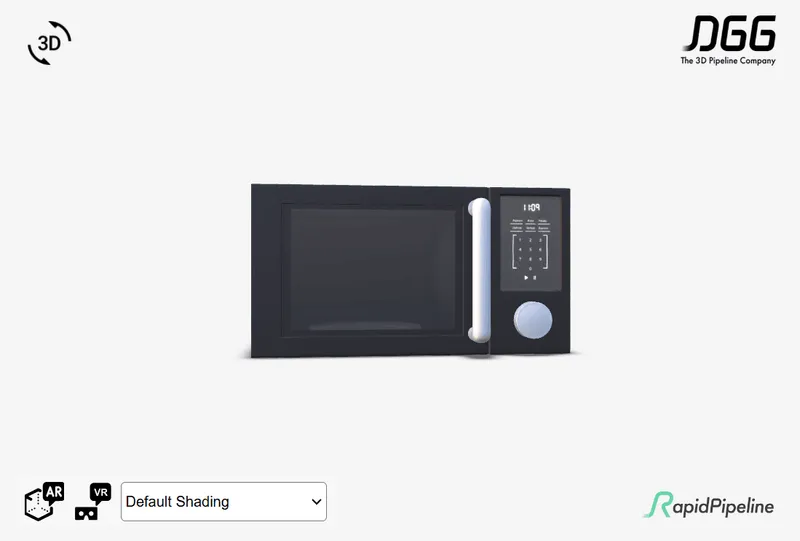
Meet the Author

Teresa
Technical 3D Artist
Teresa is a 3D Technical Artist at DGG, bringing with her a robust background in Animation and Game design. Driven by a passion for the intersection of art and technology, she relocated to Germany to pursue her artistic ambitions. Within DGG, Teresa plays a pivotal role in infusing the team with her artist's perspective, focusing on the creation of high-quality visual content and ensuring the quality assurance of tools. Her overarching goal is to continually evolve within the industry, delivering compelling visual solutions that resonate with DGG's mission of streamlining and scaling 3D content preparation.
You might be interested in
